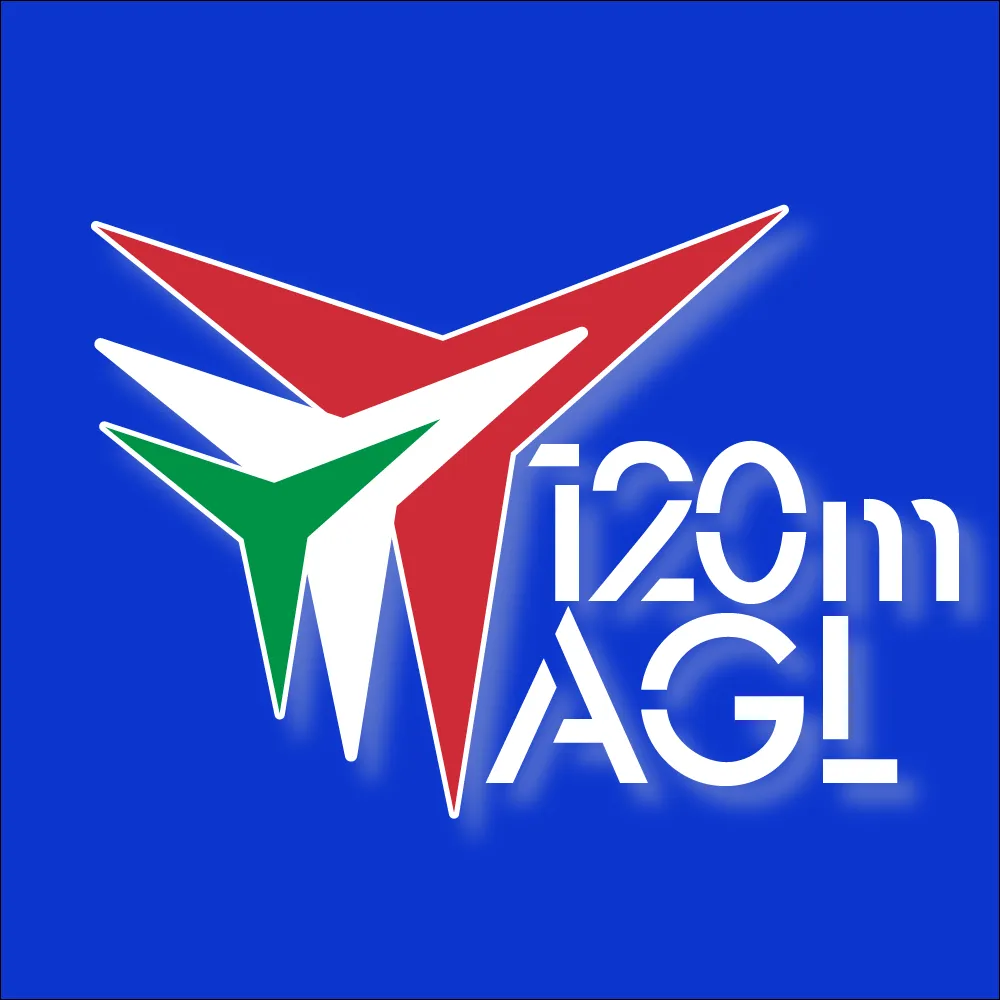FAQ: UAS Operational Limitations
For New Drone Pilots
1. Do I need a license to fly a drone in the 'open' category?**
Yes, you need to complete an online training course and obtain a certificate of competence. This applies to drones weighing up to 25 kg and flying within visual line of sight (VLOS). (Reg 2019/947 Art. 11)
2. What are the altitude limits for flying a drone?**
In most cases, you must not exceed 120 meters (400 feet) above the ground. This limit is designed to ensure safety in shared airspace. (Reg 2019/947 Art. 6)
3. Can I fly a drone at night?**
Yes, but only if your drone is equipped with the necessary lighting and you have completed the relevant training for night operations. (Reg 2019/947 Art. 11)
4. What are the restrictions for flying near airports?**
You must maintain a minimum distance of 5 km from airports unless you have specific permission from the competent authority. This is to avoid conflicts with manned aircraft. (Reg 2019/947 Art. 6)
For Active Pilots with Some Experience
5. How do I notify authorities if I want to fly in a controlled airspace?**
You must submit a request to the appropriate air traffic control authority at least 24 hours in advance. Ensure your operation complies with all safety and operational regulations. (Reg 2019/947 Art. 14)
6. What happens if I fly outside the visual line of sight (VLOS)?**
Flying beyond VLOS requires specific authorization and adherence to the 'specific' category operations, which may involve a risk assessment and operational safety case. (Reg 2019/947 Art. 7)
7. Can I fly over people?**
Yes, but only in specific circumstances and under the conditions outlined in the 'open' category. You must ensure that the drone does not pose a risk to people below. (Reg 2019/947 Art. 6)
For Professional Operators and Commercial Pilots
8. What are the requirements for commercial drone operations?**
You need a specific operational authorization from the competent authority, which includes a detailed safety assessment and a risk management plan. (Reg 2019/947 Art. 8)
9. How do I comply with the new drone classification introduced in 2020?**
You must ensure your drone fits into one of the new classes (C0 to C4) and complies with the operational limitations associated with that class, including maximum weight and operational scope. (Reg 2020/1058 Art. 1)
10. What should I do if I want to operate in urban areas?**
Urban operations require careful planning and potentially specific permissions from local authorities, especially concerning safety and privacy regulations. Ensure you comply with all local laws as well. (Reg 2019/947 Art. 9)
For All Pilots
11. What are the consequences of flying without proper authorization?**
Flying without authorization can result in severe penalties, including fines, confiscation of the drone, and potentially criminal charges depending on the severity of the infraction. (Reg 2019/947 Art. 14)
12. How can I stay updated on drone regulations?**
Regularly check the EASA website and consult with local aviation authorities to stay informed about changes in regulations and safety requirements. (Reg 2019/947 Art. 13)
13. What should I do if I witness a drone incident?**
Report the incident to the local authorities or aviation safety agency immediately, providing as much detail as possible to assist in the investigation. (Reg 2019/947 Art. 19)
14. Is it safe to fly in bad weather conditions?**
Generally, it is not advisable to operate drones in poor weather, such as high winds or heavy rain, as it can affect control and safety. Always prioritize safe flying conditions.
15. What if I want to fly in restricted areas, like national parks?**
You must obtain specific permission from the relevant authorities before flying in restricted areas, as many locations have strict regulations to protect wildlife and the environment.
Safety Reminder
Always remember that safety is paramount in drone operations. Ensure compliance with EASA regulations to protect yourself and others while flying.Disclaimer: Regulations may change - always verify with official sources. This is educational content - not legal advice. Consult official EASA documentation for complete requirements. For more information on operational limitations, check out related resources at 120mAGL .
EASA Regulatory Compliance Notice
This content is for educational purposes only and is based on EASA regulations current at the time of generation.
Always consult the official EASA documentation and your local aviation authorities for the most current regulations and legal compliance requirements before operating any UAS.

